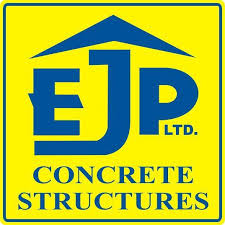Chimney Inspection
We are equipped with the latest internal chimney surveying systems (CCTV) and can provide a recorded survey of your chimney for insurance companies, architects, engineers etc.
Unfortunately, enjoying a crackling fire at the fireplace is not without hazards. The by-product of doing such is the build-up of creosote and soot, which restricts air flow, and eventually damages the fireplace. While a gas fireplace chimney could have fewer concerns, the presence of debris or possibly a bird’s nest could see it blocked as well.
If unchecked, these blockages inhibit fireplace performance, at best, and at worst could lead to the heavy production of harmful carbon monoxide, eventually culminating in a fire.
Hence, the need for regular inspection of the chimney fireplace by professionals, at least once a year. Chimney inspection searches for and identifies budding build-up of blockages, as well as other chimney problems. This is followed by chimney sweeping (if needed) to remove these blockages.
There are three levels of chimney inspection;
1 – Level one inspection involves a manual visual check of the chimney and fireplace, devoid of the use of any special equipment. This would have the inspector come along with nothing but a flashlight for the visual inspection meant to identify damages, creosote build-up, and the presence of soot or other blockages. Depending on the findings, a chimney sweep is performed on the spot.
2 – Level two inspection is needed for those who may just have experienced a destructive weather or natural event, or those just moving in. This inspection covers the level one inspection, plus a visit to the roof, crawl space and attic. CCTV inspection is also employed in search of possible chimney problems.
3 – A level three inspection is needed after a chimney fire, because it usually involves major changes and chimney rebuilds.


